Of course, we did so much more than 10 things during the past year, but to capture all the highlights here—including the Lab’s groundbreaking research—would send you into a forever scroll. So we’ve whittled the list down to the top 10 things we did during the past year that helped advance the collective understanding of the digital economy.
To keep up with the Lab and our work, follow us on Twitter and LinkedIn and sign up for email updates about future events.
1 / Essay

In Janurary, Lab Director Erik Brynjolfsson released “The Turing Trap: The Promise & Peril of Human-Like Artificial Intelligence,” in which he warns that “an excessive focus on developing and deploying human-like artificial intelligence can lead us into a trap.” The essay was later published in the spring issue of Daedalus, “AI & Society” (see #3 on our list) and served as the basis for our spring workshop.
Related
The Turing Trap: A conversation with Erik Brynjolfsson on the promise and peril of human-like AI
Brookings Institution
Economists Pin More Blame on Tech for Rising Inequality
The New York Times
AI Shouldn’t Compete With Workers—It Should Supercharge Them
Wired
How to Solve AI’s Inequality Problem
MIT Technology Review
2 / Collaboration

In May of 2022, the ADP Research Institute paused its monthly ADP® National Employment Report in order to refine its methodology and design. Part of that evolution was teaming up with our data scientists to add new perspective and rigor to the report. The newly designed report, which launched in August, uses fine-grained, high-frequency data on jobs and wages to deliver a richer and more useful analysis of the labor market.
Related
ADP National Employment Report
A Key Barometer of the US Job Market Returns With Some Improvements
Bloomberg
3 / Publications
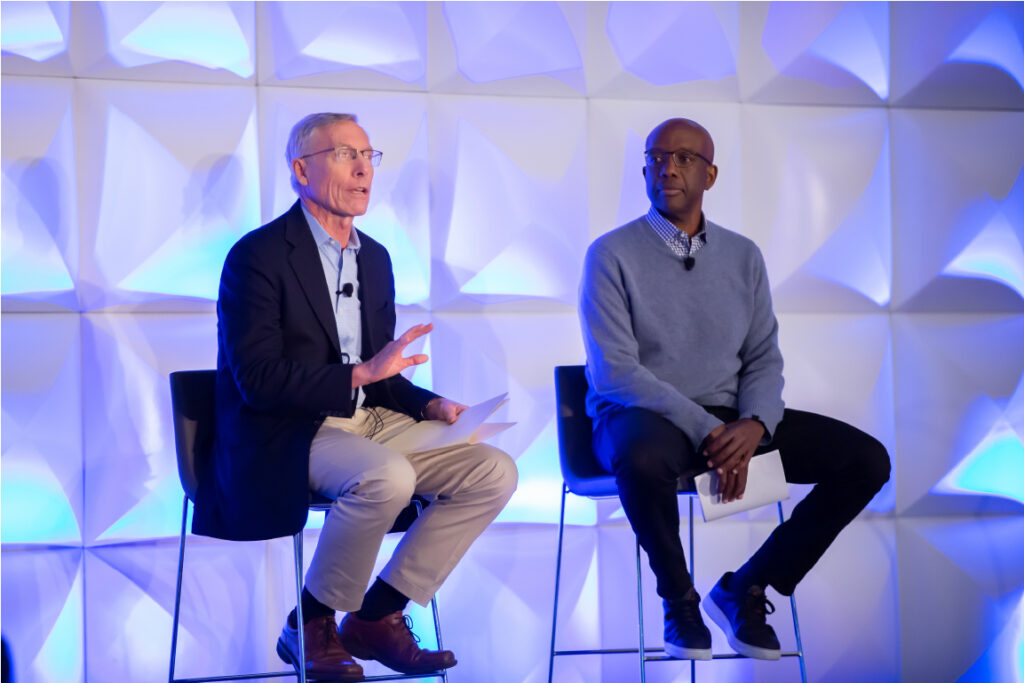
In the spring issue of Daedalus—from the Academy of Arts and Sciences—experts explored various angles of artificial intelligence, including its effects on labor and the economy, its role in law and governance, and what it says about us as humans. The issue, which was edited by James Manyika, featured several contributors from the Lab and Stanford HAI community.
Featured essays
Searching for Computer Vision North Stars
– Fei-Fei Li (Affiliated Faculty) and Ranjay Krishna
Automation, Augmentation, Value Creation & the Distribution of Income & Wealth
– Michael Spence (Advisory Group)
Automation, AI & Work
– Laura D’Andrea Tyson (Digital Fellow) and John Zysman
Socializing Data
– Diane Coyle (Advisory Group)
AI, Great Power Competition & National Security
– Eric Schmidt (Advisory Group)
The Turing Trap: The Promise & Peril of Human-Like Artificial Intelligence
0 Erik Brynjolfsson (Lab Director)
4 / Report

As part of the California 100 initiative, researchers at the Lab and SIEPR examined where the Golden State has been, where it’s at, and where it’s headed when it comes to possible scenarios and policy alternatives for the future. The large-scale report, The Future of Work in California, examines several facets of the California labor market, including its polarized workforce and the erosion of its middle class.
Related|
Future of Work in California website
Stanford Digital Economy Lab and SIEPR to evaluate the future of work in California
5 / Fall conference
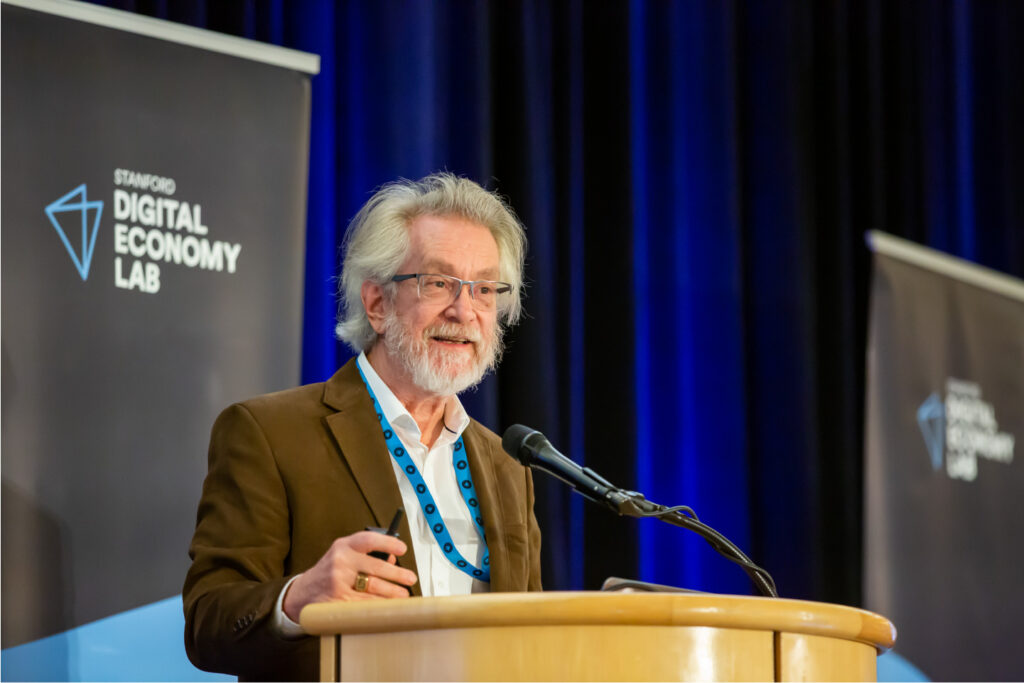
As humans continue to develop brilliant new applications of emerging technologies, such as web3, we need to reimagine how our society is organized so that data serves all communities. The speakers and panelists who participated in “Building the New Economy: Data as Capital,” a special Stanford Digital Economy Lab event as part of Stanford Digital Assets Week, explored the feasibility and implications of human-centered web3.
Recap of Building the New Economy: Data as Capital
Playlist: Building the New Economy: Data as Capital
YouTube
6 / Spring workshop
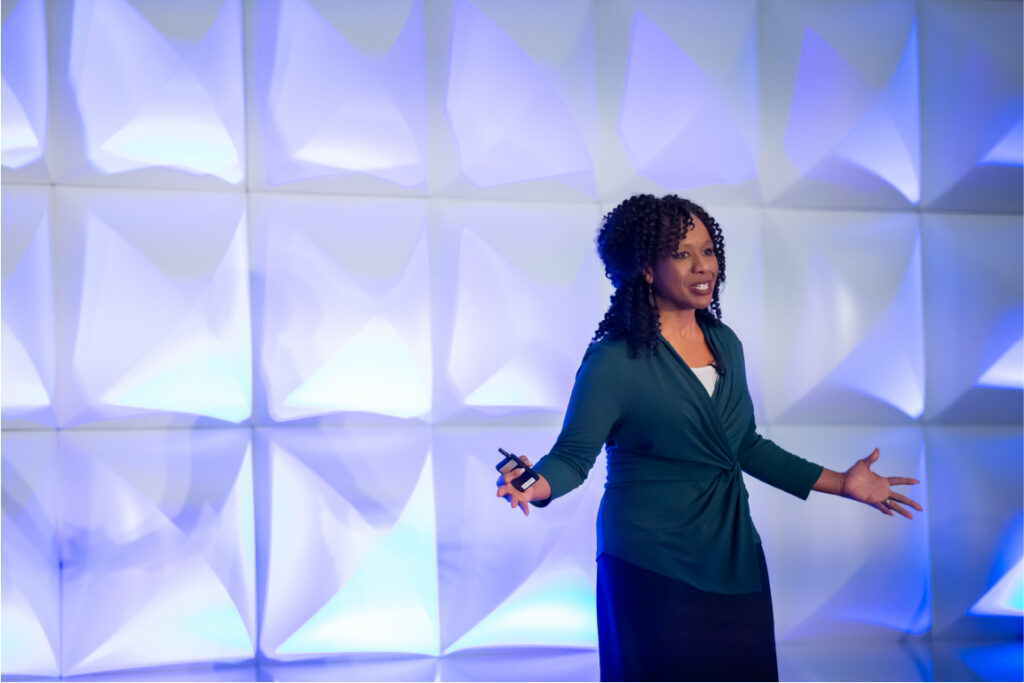
What will the workplace look like in 20 years with the rise of artificial intelligence and other digital technologies? Our daylong workshop, Avoiding the Turing Trap, featured interactive panel discussions and presentations by Lab-affiliated researchers showcasing their recent work. Erik Brynjolfsson opened the event by framing the opportunities and challenges of human-like AI. Nela Richardson, chief economist at ADP, closed the day with her keynote address, “AI’s People Problem.”
Related
Recap: Avoiding the Turing Trap
7 / Fall workshop
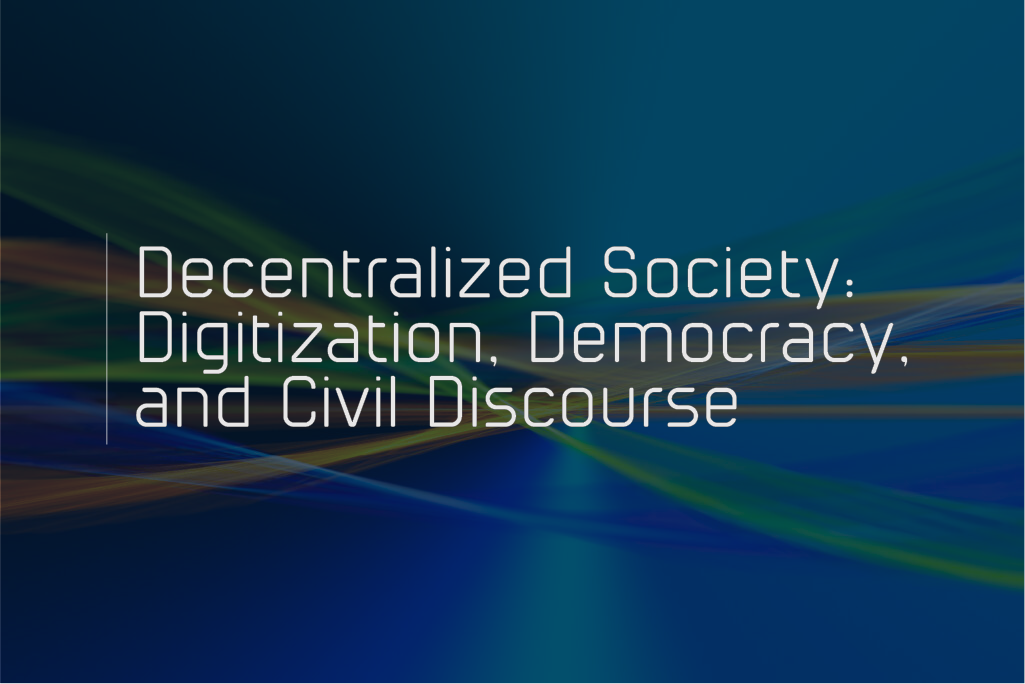
In October, the Lab brought together leaders from industry, civil society, and academia to discuss the promise and peril of decentralized digital architecture for our political and economic systems. In the workshop, Decentralized Society: Digitization, Democracy, and Civil Discourse, panelists explored key questions such as new governance strategies, privacy paradigms, business models, and content moderation systems.
Related
Recap: Decentralized Society | Digitization, Democracy, and Civil Discourse
8 / Research

While networking on digital platforms can lead to new job opportunities, a study published earlier this year, A Causal Test of the Strength of Weak Ties, suggests that the specific types of connections job-seekers make online matter in terms of their ability to secure new positions. The project, which was conducted by Erik Brynjolfsson (Stanford), Sinan Aral (MIT), Iavor Bojinov (Harvard), and two LinkedIn employees and recent Stanford and MIT Ph.D. graduates Karthik Rajkumar and Guillaume Saint-Jacques, involved more than 20 million LinkedIn members, who made 2 billion new ties and created 600,000 new jobs over a five-year period.
Related
A Causal Test of the Strength of Weak Ties
Science
Looking For a Job? Some LinkedIn Connections Matter More Than Others
Harvard Business Review
9 / Seminar Series

Throughout the year, the Lab welcomed researchers and experts from all over the world to share their work and insights to a larger, broader audience. You can watch (or re-watch) every one of our Seminar Series talks from the past year on our website and on our YouTube channel.
10 / Competition

The Lab, in collaboration with Stanford HAI and SIEPR, put out a call for student submissions during the summer for innovative policy analysis and solutions that leverage emerging technologies to create jobs. The Emerging Technology Policy Writing Competition awarded a total of $10,000 in prizes to three winning entries. The first place prize went to to Aniket Baksy and Avi Gupta for their policy suggestion, “Expanding AI Adoption is an Opportunity for Job Creation.”
And this also happened…
We welcomed several new faces this year to the Lab, including our first-ever visiting scholar, Sandy Pentland. Among those who also joined us in 2022 include Ruyu Chen, Gabriel Unger, Megan Deason, Andrew Wang, Anthony Weng, David Autor, Angela Chen, Christina Langer, and Ruhani Walia. Visit the team section of our site to view everyone who contributes to the Lab.
In June, Lab affiliated faculty member Susan Athey joined the Department of Justice as chief economist of the antitrust division.
Our research teams published or co-published several papers and journal articles, including the working paper, “How Many Americans Work Remotely?” View all of our research and publications.
We launched The DigDig, our bi-monthly digest of stories—some obscure—making headlines in the digital economy. Sign up to receive The DigDig in your inbox..
Stanford Digital Economy Lab
Fall 2022 Conference
Stanford University
November 17, 2022
Photography by Christine Baker
Web3 presents new digital means of production and an opportunity to rebalance the relationships between all stakeholders of the economy. As humans continue to develop brilliant new applications of emerging technologies, we need to reimagine the ways our society is organized so that data serves all communities.
The speakers and panelists who participated in “Building the New Economy: Data as Capital,” a special Stanford Digital Economy Lab event as part of Stanford Digital Assets Week, examined the feasibility and implications of human-centered web3, including:
The agenda featured three panel discussions and a keynote by Stanford Digital Economy Lab fellow Sandy Pentland. Keep scrolling to view videos of the panels and the keynote address.
Keynote

Sandy Pentland (MIT, Stanford Digital Economy Lab) opened the day by examining the current state of web3 and providing a brief overview of what companies and policymakers must do to help it grow so that the technology benefits everyone in society. Video also includes a welcome by Christie Ko and an introduction by Erik Brynjolfsson. (Keynote begins at 13:55).
Panel Discussion
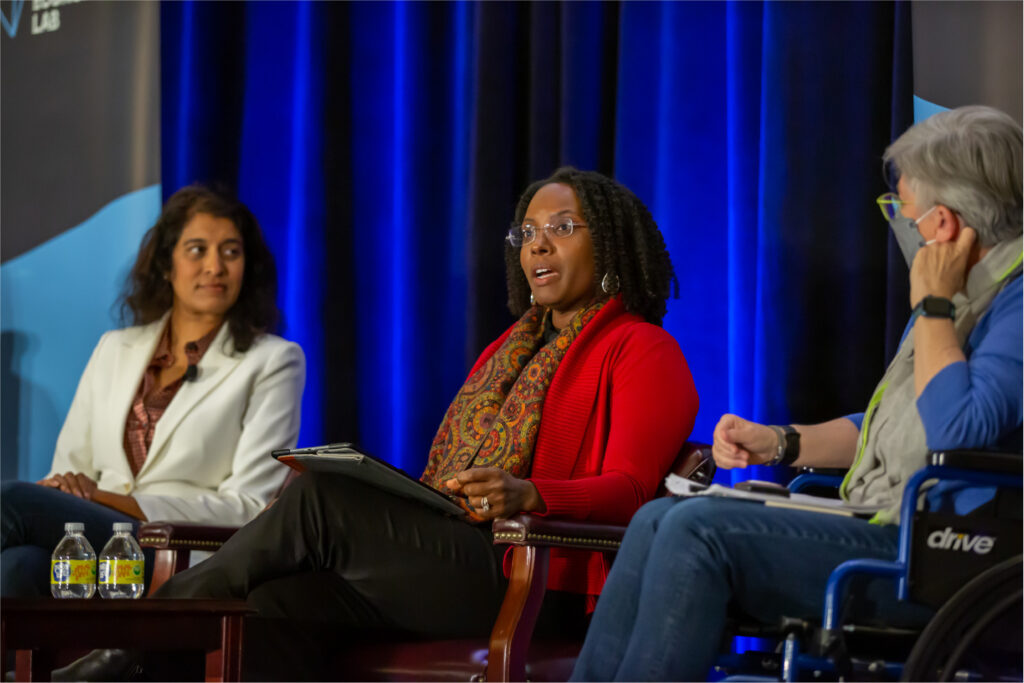
As digital businesses replace traditional physical businesses and civic systems, we must grapple with the implications of the amount of data, and resulting power, held by a small number of actors. As in the past, citizen organizations may be central in helping balance economic and social power (much like trade unions and cooperative banking institutions formed as a response to the forces of industrialization and consumer banking). This panel discussion explored how community organizations can wield data cooperatives, shared data, and distributed tokenized funding mechanisms to form a system based on collective rights and accountability.
Panel Discussion
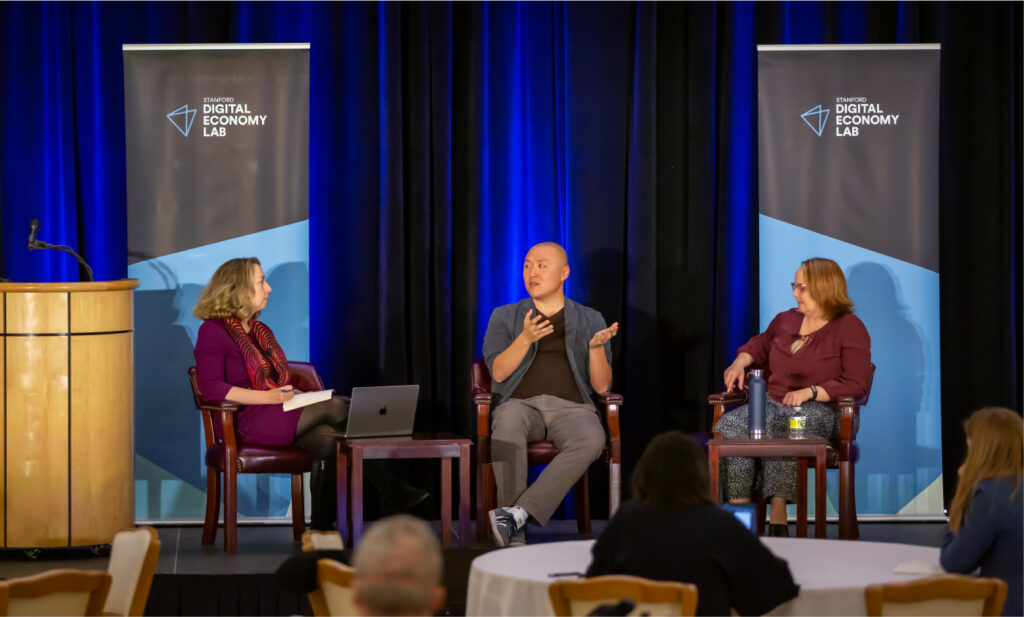
New distributed, technology-enabled organizations may offer a path toward more resilient, transparent, inclusive, agile, and proactive systems, and a better future, particularly in places where existing institutions are either weak or underserved. In this panel discussion, we explore how new architectures could provide significant upgrades to — or enable wholly new — systems of currency and finance, taxation, and privacy.
Panel Discussion
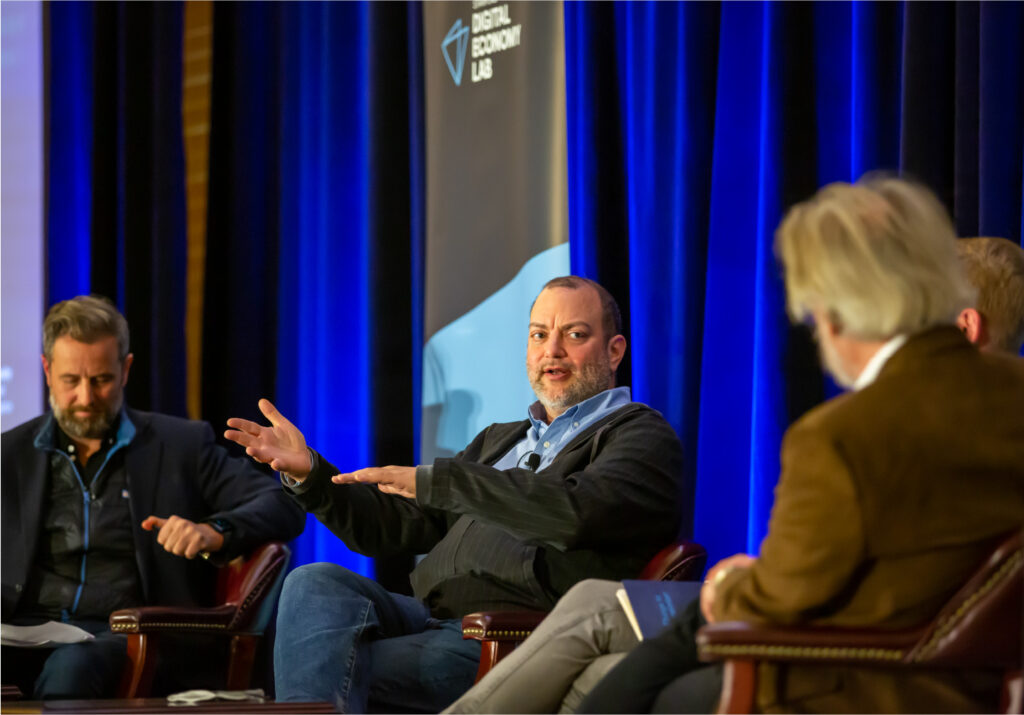
To support a world with billions of data owners, producers, and consumers, governed by digital data and AI, we need to build infrastructure that enables interoperability across company and national boundaries. This infrastructure will determine the future of finance and money, civic engagement, and factors that contribute to human flourishing. This panel discussion explores the opportunities and challenges of designing ecosystems of trusted data and AI that provide safe, secure, and human-centered services for everyone.
Closing
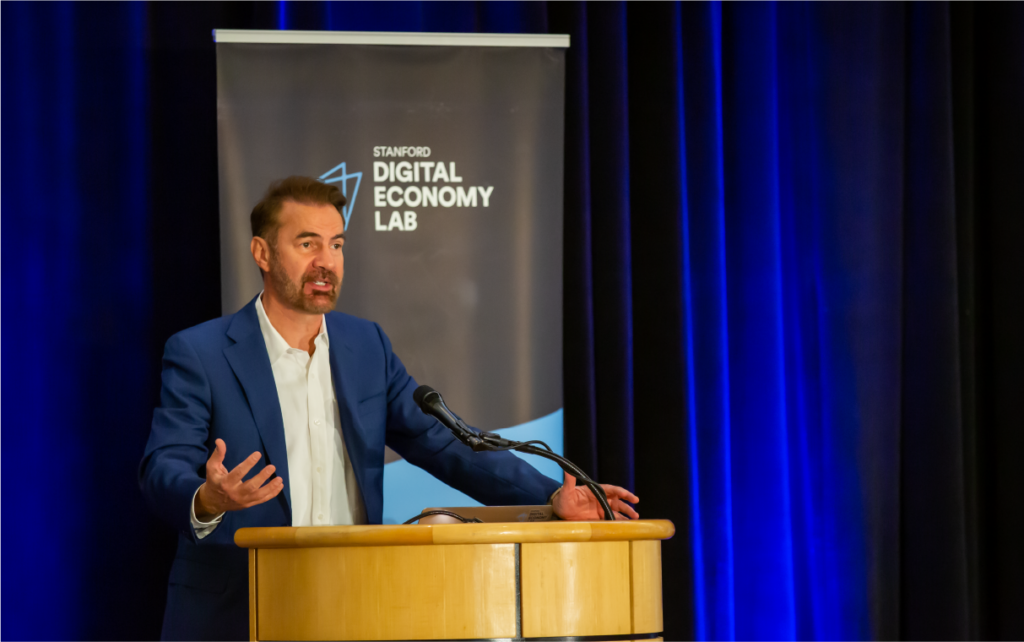
Stanford Digital Economy Lab Director Erik Brynjolfsson closed the day with a few words about the future of data and decentralization.
Panelists
and moderators
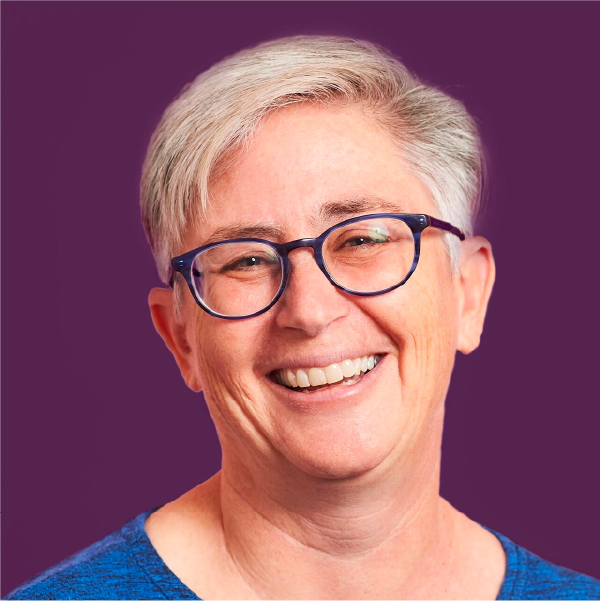
Director, Digital Civil Society Lab
Lucy Bernholz is a senior research scholar at Stanford University’s Center on Philanthropy and Civil Society and director of the Digital Civil Society Lab. She has been a visiting scholar at The David and Lucile Packard Foundation, and a fellow at the Rockefeller Foundation’s Bellagio Center, the Hybrid Reality Institute, and the New America Foundation.
She is the author of numerous articles and books, including the annual Blueprint Series on Philanthropy and the Social Economy, the 2010 publication Disrupting Philanthropy, and her 2004 book Creating Philanthropic Capital Markets: The Deliberate Evolution. She is a co-editor of Philanthropy in Democratic Societies (2016, Chicago University Press) and of the forthcoming volume Digital Technology and Democratic Theory. She writes extensively on philanthropy, technology, and policy on her award-winning blog, philanthropy2173.com.
Benholz studied history and has a B.A. from Yale University, where she played field hockey and captained the lacrosse team, and an M.A. and Ph.D. from Stanford University.

Director, Stanford Digital Economy Lab
Erik Brynjolfsson is one of the foremost experts on the digital economy in the world. Erik Brynjolfsson’s research examines the effects of information technologies on business strategy, productivity and performance, digital commerce, and intangible assets. A best-selling author, he writes and speaks to global audiences about these topics.
Erik is the director of the Stanford Digital Economy Lab and the Jerry Yang and Akiko Yamazaki Professor and senior fellow at the Stanford Institute for Human-Centered AI (HAI), He also serves as the Ralph Landau Senior Fellow at the Stanford Institute for Economic Policy Research (SIEPR), professor by courtesy at the Stanford Graduate School of Business and Stanford Department of Economics, and a research associate at the National Bureau of Economic Research (NBER).
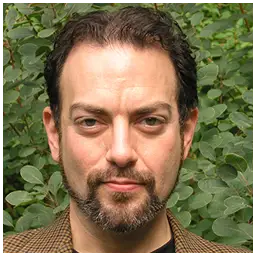
Lecturer and Research Scientist, MIT Media Lab
Dazza Greenwood, a lecturer and research scientist at the MIT Media Lab, conducts research projects on big data, identity federation and trust frameworks with 2013/2014 academic year research focus on defining and developing “Computational Legal Science” as a sub-discipline of computational social science. Dazza leads the CIVICS.com consultancy, providing solutions at the intersection of business, law and technology for the innovation economy. Dazza also serves as the vice chair of the Plenary for the Identity Ecosystem Steering Group (IDESG of NSTIC), which is developing a framework for federated identity and privacy at the international level.
Dazza has consulted with fortune 100 companies, including the insurance industry and financial services sector, architecting the creation of trust frameworks. Federally, Dazza has testified several times on eCommerce before the US House and US Senate and has consulted to NASA as an online identity expert, GSA as a multilateral rules drafting expert, Homeland Security as a multistate federal governance expert and many other agencies and departments. Dazza is a member of the Steward’s Council of the Identity Commons and heads it’s Forum on Law of Identity and Personal Data. Dazza also co-founded the eCitizen Foundation, which focused on creating citizen-centered online identity and personal data sharing projects and solutions.
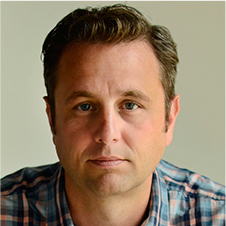
Founding Director, Stanford Social Media Lab
Jeff Hancock is founding director of the Stanford Social Media Lab and is a Professor in the Department of Communication at Stanford University. Professor Hancock and his group work on understanding psychological and interpersonal processes in social media. The team specializes in using computational linguistics and experiments to understand how the words we use can reveal psychological and social dynamics, such as deception and trust, emotional dynamics, intimacy and relationships, and social support. Recently Professor Hancock has begun work on understanding the mental models people have about algorithms in social media, as well as working on the ethical issues associated with computational social science.
Professor Hancock is well-known for his research on how people use deception with technology, from sending texts and emails to detecting fake online reviews. His TED Talk on deception has been seen over 1 million times and he’s been featured as a guest on “CBS This Morning” for his expertise on social media. His research has been published in over 80 journal articles and conference proceedings and has been supported by funding from the U.S. National Science Foundation and the U.S. Department of Defense. His work on lying and technology has been frequently featured in the popular press, including the New York Times, CNN, NPR, CBS, and the BBC.
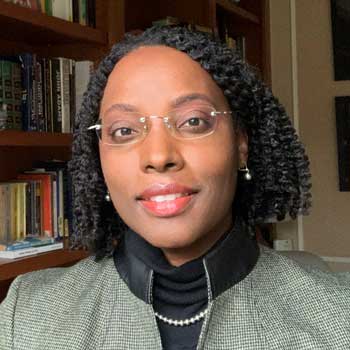
Director, Financial Fairness Advocacy, Consumer Reports
Delicia Hand is the Director of Financial Fairness Advocacy at Consumer Reports.
She helps lead CR’s advocacy for a fair and just marketplace in which people’s financial well-being is supported through safe, transparent and innovative products and services, both in the burgeoning digital finance space as well as in traditional credit, lending and auto insurance.
Before joining CR, Delicia served for ten years at the Consumer Financial Protection Bureau (CFPB). Most recently, she was the Deputy Associate Director and Acting Associate Director for the CFPB’s Consumer Education & External Affairs Division. In that role, she helped to lead and shape the Bureau’s efforts to include diverse perspectives in its policymaking, elevate its financial inclusion agenda, and ensure that the voice and experience of consumers were more integrated in the Bureau’s policy making.
Prior to the CFPB, Delicia was the Legislative Director at the National Association of Consumer Advocates, where she led its legislative and regulatory consumer protection agenda. She served as Director of Organizational Initiatives & General Counsel at the Center for Community Change and Center for Community Change Campaign.
Delicia also served as Senior Counsel/Legislative Director in the office of U.S. Rep. John Sarbanes. Working on Capitol Hill, she wrote and helped advance and pass the Public Service Loan Forgiveness Act as part of the Higher Education Reauthorization package in 2007. Before the Hill, she was a Skadden Fellow, leading a number of economic development initiatives to help immigrants living and working in northern Virginia.
Delicia holds a law degree from American University in Washington, D.C., a master’s in political studies from Cambridge University, U.K., and a bachelor’s in sociology and politics from St. Peter’s College in New Jersey.
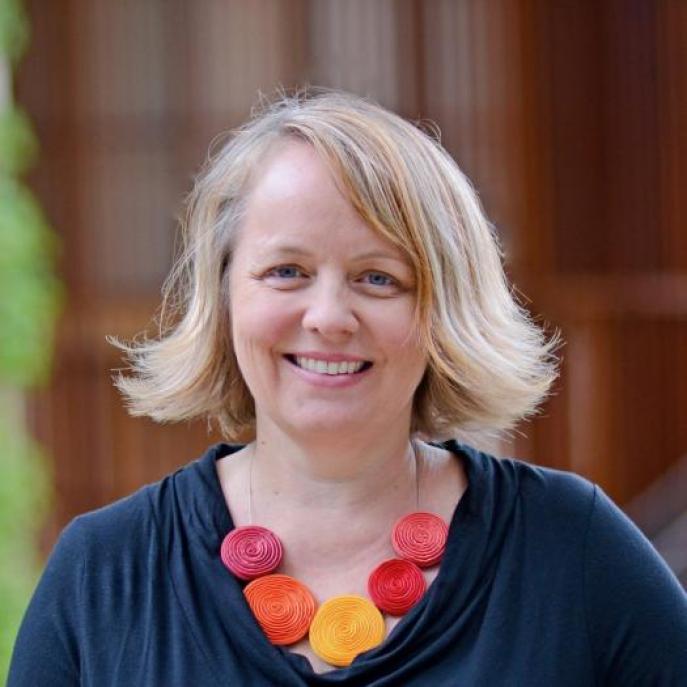
Non-Residential Fellow, Center for Internet and Society, Stanford University
Dr. Jennifer King is the Privacy and Data Policy Fellow at the Stanford University Institute for Human-Centered Artificial Intelligence. An information scientist by training, Dr. King is a recognized expert and scholar in information privacy. Sitting at the intersection of human-computer interaction, law, and the social sciences, her research examines the public’s understanding and expectations of online privacy as well as the policy implications of emerging technologies. Most recently, her research explored alternatives to notice and consent (with the World Economic Forum), the impact of California’s new privacy laws, and dark patterns. Her past work includes projects focusing on social media, genetic privacy, mobile application platforms, the Internet of Things (IoT), and digital surveillance. Her scholarship has been recognized for its impact on policymaking by the Future of Privacy Forum, and she has been an invited speaker before the Federal Trade Commission at several Commission workshops. She has been featured in numerous publications and outlets, including The New York Times, the Washington Post, the Los Angeles Times, Wired, Recode, National Public Radio, CNBC, Bloomberg, CNET, Vox, Consumer Reports, NBC News, MIT Technology Review, among others.
Dr. King completed her doctorate in Information Management and Systems at the University of California, Berkeley School of Information. Prior to joining HAI, Dr. King was the Director of Consumer Privacy at the Center for Internet and Society at Stanford Law school from 2018 to 2020. Before coming to Stanford, she was a co-director of the Center for Technology, Society, and Policy, a graduate student-led research center at UC Berkeley, and was a privacy researcher at the Samuelson Law, Technology, and Public Policy Clinic at Berkeley Law. She was a member of the California State Advisory Board on Mobile Privacy Policies and the California State RFID Advisory Board. She received her Master’s in Information Management and Systems also from the University of California, Berkeley’s School of Information, and her undergraduate degree in Political Science and Sociology from the University of California, Irvine. Prior to entering academia she worked in security and in product management for several Internet companies, most notably Yahoo!.
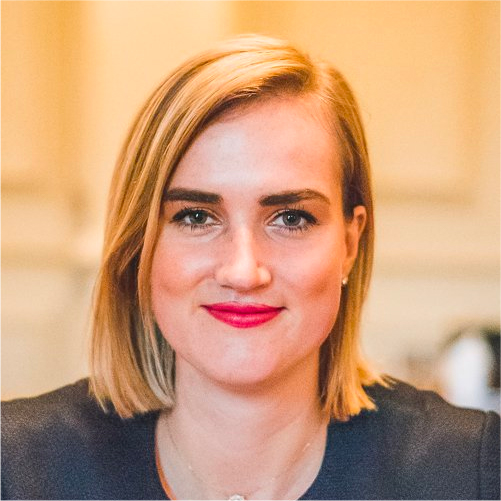
Research Scholar, Stanford Institute of Economic Policy Research
Research Associate, Institute for New Economic Thinking
Alissa M. Kleinnijenhuis has been a research scholar at the Stanford Institute of Economic Policy Research (SIEPR) at Stanford University and a research associate at the Institute for New Economic Thinking (INET) at the Oxford Martin School of the University of Oxford. Alissa is a co-PI of a Market Ecology & Financial Stability Grant, supervising four PhD students, and co-founder of the Environmental Stress Testing and Scenarios Program (ESTS), both at the University of Oxford. She taught a novel course at Stanford University in fall 2021 on Climate Finance.
Kleinnijenhuis’ research examines how finance can advance the public good, focusing on how the financial sector can be leveraged as a first-order driver of a climate change solution. In particular, her research in area of climate finance examines how financial incentives can be aligned with limiting climate risks and financing the transition to a carbon-neutral economy. Her research is all about making the triangular sectors of finance – the public, private and academic sector – work for the green transition. Her second area of expertise concerns financial stability, financial crises, financial stress testing, and financial regulation. Her two focal areas of research – climate finance and financial stability – are linked by their emphasis on addressing externalities emerging from climate change and too-big-to-fail financial institutions.
Dr. Kleinnijenhuis holds a BS from Utrecht University in Economics and Mathematics (cum laude), a MSc in Mathematics and Finance from the Imperial College London, and a DPhil (PhD) in Mathematical and Computational Finance from the University of Oxford. She was a postdoctoral fellow at the MIT Sloan School of Management and the MIT Golub Centre for Finance and Policy (GCFP) at the Massachusetts Institute of Technology. She has been a visiting scholar at Yale University and the University of California Santa Barbara, and has conducted research at Morgan Stanley and Allianz Global Investors.
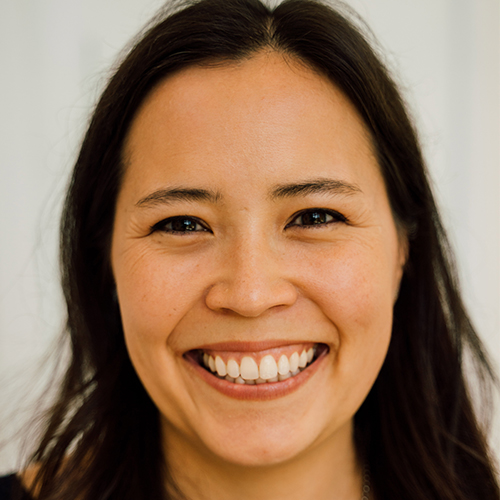
Executive Director. Stanford Digital Economy Lab
Prior to joining Stanford, Christie Ko was associate director of the MIT Initiative on the Digital Economy. Christie also served as the head of Member Services for the MIT Energy Initiative, where she worked closely with corporations, foundations, and individuals to support research, symposia, events, and educational programs. During her time at MITEI, she also ramped up a multi-disciplinary Energy Studies Minor and piloted an internship program.
Christie received a BA in literature from Boston University and an MS in writing and cultural politics from the University of Edinburgh.
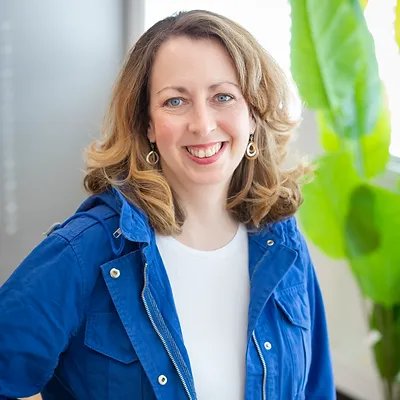
Founder, Worldview Studio
Brie is the founder of Worldview Studio. Previously she led Worldview Stanford, which pioneered interdisciplinary, multimedia learning experiences at Stanford University, and led strategy and scenario projects with Global Business Network (GBN) and Monitor. She holds a PhD in neuroscience, an MA in international policy studies (both from Stanford University), and a BA in psychology (Transylvania University).
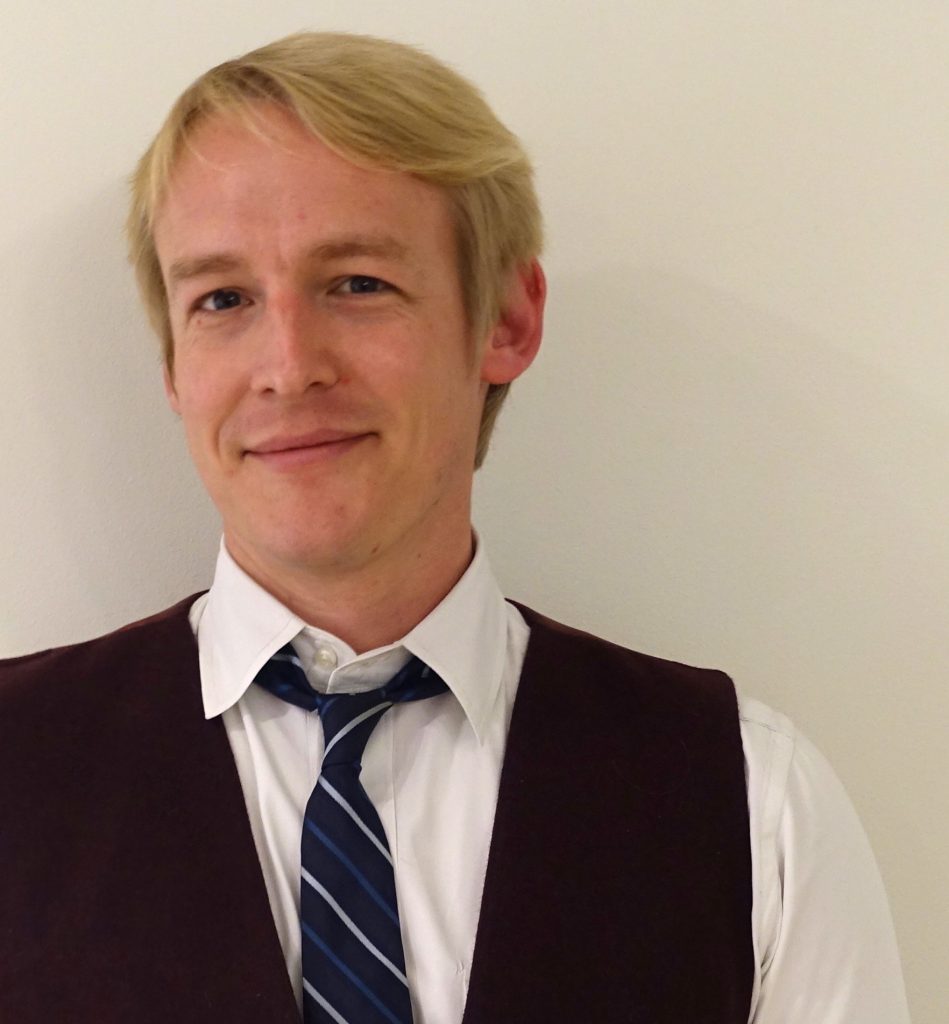
Practitioner Fellow, Digital Civil Society Lab, Stanford PACS
Sean Martin McDonald was a non-resident fellow at the Digital Civil Society Lab at Stanford PACS, focusing on the use of civic trusts to build public interest digital governance. Sean is the CEO of FrontlineSMS, an award-winning, social impact, open-source messaging company. FrontlineSMS’ messaging software is used by thousands of organizations to improve the lives of millions of people in more than 200 countries. Under Sean’s leadership, FrontlineSMS spun out several successful organizations, built a non-profit consultancy, and a self-sustaining open software social enterprise.
Sean has worked at the intersection of law, technology, and public interest governance for his entire career. Prior to Frontline, he worked in international development, the US Senate, and public interest international law. He is on the board of directors of the Center for Internet & Society and the Environmental Peacebuilding Institute. Sean is an advisor to DoSomething.org, Digital Democracy, ECPAT-USA, and TechChange.
Sean is a researcher on the law and use of data in the public interest. He’s the author of Ebola: A Big Data Disaster and a number of other articles focused on equity, law, and technology.
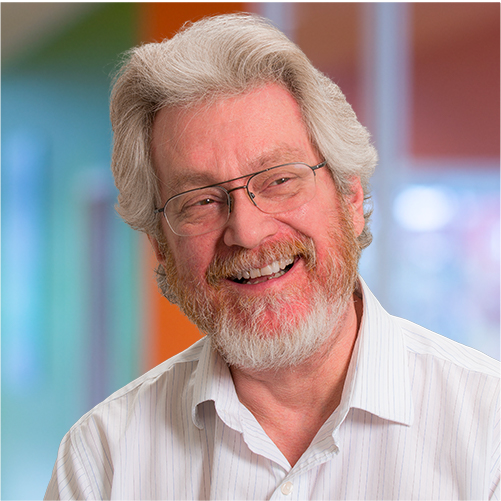
Director, MIT Human Dynamics Laboratory
Director, MIT Media Lab Entrepreneurship Program
Visiting Scholar, Stanford Digital Economy Lab
Alex `Sandy’ Pentland directs MIT’s Human Dynamics Laboratory and the MIT Media Lab Entrepreneurship Program, co-leads the World Economic Forum Big Data and Personal Data initiatives, and is a founding member of the Advisory Boards for Nissan, Motorola Mobility, Telefonica, and a variety of start-up firms. He has previously helped create and direct MIT’s Media Laboratory, the Media Lab Asia laboratories at the Indian Institutes of Technology, and Strong Hospital’s Center for Future Health.
In 2012 Forbes named Sandy one of the `seven most powerful data scientists in the world’, along with Google founders and the CTO of the United States, and in 2013 he won the McKinsey Award from Harvard Business Review. He is among the most-cited computational scientists in the world, and a pioneer in computational social science, organizational engineering, wearable computing (Google Glass), image understanding, and modern biometrics. His research has been featured in Nature, Science, and Harvard Business Review, as well as being the focus of TV features on BBC World, Discover and Science channels. His most recent book is `Honest Signals,’ published by MIT Press.
Over the years Sandy has advised more than 50 PhD students. Almost half are now tenured faculty at leading institutions, with another one-quarter leading industry research groups and a final quarter founders of their own companies.
Sandy’s research group and entrepreneurship program have spun off more than 30 companies to date, three of which are publicly listed and several that serve millions of poor in Africa and South Asia. Recent spin-offs have been featured in publications such as the Economist and the New York Times, as well as winning a variety of prizes from international development organizations.
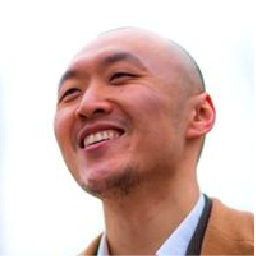
Executive Director, Metagovernance Project
Doctoral Student, University of Oxford
Joshua Tan is the executive director of the Metagovernance Project. He is also a practitioner fellow at Stanford’s Digital Civil Society Lab and a doctoral student in computer science at Oxford. Previously, Joshua completed his master’s in pure math at the Courant Institute at NYU, where his research involved applications of geometry and topology to artificial intelligence.
For his thesis, Joshua has been exploring different ways of applying category theory and sheaf theory to computational learning theory. He also conducts more applied research on collective intelligence and the governance of online communities. His interests include category theory, computational learning theory, sheaf theory, robotics, collective intelligence, and art history.
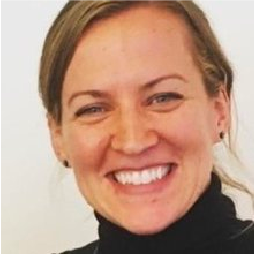
Associate Professor of Management Science and Engineering, Stanford University
Melissa Valentine is an Associate Professor at Stanford University in the Management Science and Engineering Department, and co-director of the Center for Work, Technology, and Organization (WTO).
Valentine’s research examines how new technologies change work and organizations. She conducts in-depth observational studies to develop new understanding about these changes. Valentine has received several best paper awards for research and has been recognized with an NSF CAREER award. She holds a bachelor’s degree from Stanford University, a master’s degree from NYU, and a Ph.D. from Harvard University.
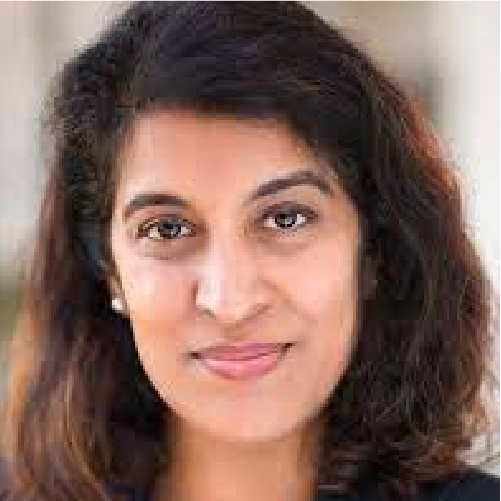
Chief Executive Officer, Crypto Council for Innovation
Sheila Warren is the chief executive officer for Crypto Council for Innovation (CCI), a global alliance formed to demonstrate the transformational promise of crypto and educate policymakers, regulators, and people around the globe.
Sheila leads a group of the most influential crypto industry leaders in the world representing Coinbase, Fidelity Digital Assets, Block, Andreessen Horowitz, Ribbit Capital, and Paradigm. Prior to joining CCI, Sheila served as the World Economic Forum’s deputy global head of the Centre for the Fourth Industrial Revolution, head of Data, Blockchain, and Digital Assets, and a member of its executive committee. She founded the blockchain and digital assets team at the Forum, and her pioneering policy work has helped shape the data and technology spaces to be more inclusive, equitable, and sustainable.
Sheila began her career as a Wall Street attorney at Cravath, Swaine & Moore LLP before turning to philanthropy and civic technology. She was a senior executive and general counsel at TechSoup. She also designed and launched NGOsource, a groundbreaking service focused on international grantmaking. Sheila is the co-host of “Money Reimagined”, CoinDesk’s popular podcast and serves on the board of directors of various nonprofit and social justice organizations. She graduated with honors from Harvard College and Harvard Law School.
Let’s stay connected
Follow us on Twitter and LinkedIn to learn about future events like this one. While you’re at it, subscribe to our newsletter to keep current on what’s happening at the Lab.
Also, learn more about becoming a Corporate Affiliate Member of the Stanford Digital Economy Lab. Members enjoy several benefits, such as attending exclusive events like this one throughout the year.
by Angela Chen
Stanford Digital Economy Lab Fall 2022 Conference
Stanford University
October 7, 2022
The one-day event examined the challenges of web2 technologies and explored how web3 technologies could address them
Digitization has changed our economic, social, and political infrastructure irrevocably, centralizing and codifying our knowledge and challenging our institutions and norms. It has also given rise to misinformation, disinformation, polarization, and a succession of other challenges to civil society. With the recent drive toward decentralization, social media, interest and affinity groups, communities, news media, and other institutions and platforms face various challenges and opportunities enabled by AI, web3, and emerging technologies.
On October 7, 2022, the Stanford Digital Economy Lab brought together leaders from industry, civil society, and academia for Decentralized Society: Digitization, Democracy, and Civil Discourse, an event to discuss the promise and peril of decentralized digital architecture for our political and economic systems.
During the event, speakers addressed a question often debated by academics and civil society alike: “What is it about web2 technology that poses a challenge to democracy, and how can emerging technologies protect it?” Current web2 technology promotes great velocity, virality, and volume of information transfer, exacerbated by anonymity and echo chambers. The strength and reach of social media platforms have turned private companies into de-facto regulators, and consequently, has given them more influence than governments over democratic participation and free speech.
Decentralized platforms may address some of these challenges and return more control to the hands of users over their data, the information they consume, and how they choose to participate in democratic institutions. However, these platforms require society to address a series of questions:
The event was the first of two fall gatherings focused on decentralized digital architecture, in which the Lab explores the impact of AI and digital infrastructure on society by examining key questions, such as governance strategies, privacy paradigms, business models, and content moderation systems.
Curious to learn more? Register for Building the New Economy: Data as Capital, which will take place on November 17, 2022, from 10:00 am to 5;00 pm PT at Stanford University. Part of Stanford Digital Assets Week, this special event will examine the feasibility and implications of human-centered web3, including the role of collective citizen organizations in managing the way data is controlled. Participants will also explore resilient and inclusive systems that spread financial and health benefits and the possibilities we unlock when systems are interoperable so that knowledge, trade, and interaction can flow across company and national boundaries.

Director, Stanford Digital Economy Lab
Information Assets, Technology, and Organization, 1994. Brynjolfsson and Ng, 2022
August 31, 2021
The new ADP® National Employment Report (NER) launched today in collaboration with the Stanford Digital Economy Lab.
Earlier this spring, the ADP Research Institute paused the NER in order to refine the methodology and design of the report. Part of that evolution was teaming up with data scientists at the Stanford Digital Economy Lab to add a new perspective and rigor to the report. The new report uses fine-grained, high-frequency data on jobs and wages to deliver a richer and more helpful analysis of the labor market.
Let’s take a look at some of the key changes with the new NER, along with the new ADP® Pay Insights Report.
It’s independent. The key change is that the new ADP NER is an independent measure of the US labor market, rather than a forecast of the BLS monthly jobs number. Jobs report and pay insights are based on anonymized and aggregated payroll data from more than 25 million US employees across 500,000 companies. The new report focuses solely on ADP’s clients and private-sector change.
It’s comprehensive. The new report features jobs data by industry, establishment size, and US Census region, as well as pay insights in the ADP® Pay Insights Report. The data will also include measures of demographics, such as age and gender.
ADP payroll data includes payroll transactions data—when a person is paid, how much is paid—as well as administrative data about workers on the company payroll (even if they are not paid in the current pay period) and characteristics of the employer and employee.
It’s high frequency. The new NER provides a jobs estimate for the reference week in the current month and a weekly data series for the previous month. This new approach provides a high-frequency view of the labor market—something the old report couldn’t do—which allows economists and policymakers to gain real-time insights into how the market is evolving.
How is the ADP National Employment Report different than the BLS?
– The ADP® National Employment and BLS both report on jobs (an employee-employer relation), not employed persons; a person may have more than one job.
– ADP produces a weekly-frequency data series for payroll jobs in each week while BLS produces a monthly-frequency data series for payroll jobs in the week that includes the 12th of the month.
– ADP reports on payroll employment and paid employment, while the BLS reports only on paid employment. Payroll employment shows how many people have an attachment to an employer in the labor market. Paid employment shows how many people are actively working and earning income in the labor market at any given time. Together, these measures provide a rich snapshot of the labor market.
ADR® National Employment Report release calendar
August 31, 2022
October 05, 2022
November 02, 2022
November 30, 2022
Stanford Digital Economy Lab Spring 2022 Workshop: Avoiding the Turing Trap
Stanford University
April 19, 2022
Photography by Christine Baker
What will the workplace look like in 20 years with the rise of artificial intelligence and other digital technologies?
We find ourselves asking this question a lot at the Lab. And for the most part, we’re optimistic about AI’s impact on society. But there is cause for concern, especially if businesses and technologists focus mostly on using AI to automate existing tasks rather than augment human capabilities.
In the spring of 2022, the Lab brought together researchers and experts for our first-ever in-person event to explore the dangers of incentivizing automation far more than augmentation – something we call “the Turing Trap.”
The daylong workshop featured interactive panel discussions and presentations by Lab-affiliated researchers showcasing their recent work. Lab Director Erik Brynjolfsson opened the event by framing the opportunities and challenges of human-like AI. Nela Richardson, chief economist at ADP, closed the day with her keynote address, “AI’s People Problem.”
The top-line takeaway from the event? AI can positively benefit the future of work and society. However, we must focus on issues such as bias and economic inequality, and be mindful of the dangers of prioritizing automation over augmentation to achieve that goal.
Session 1 | Introduction
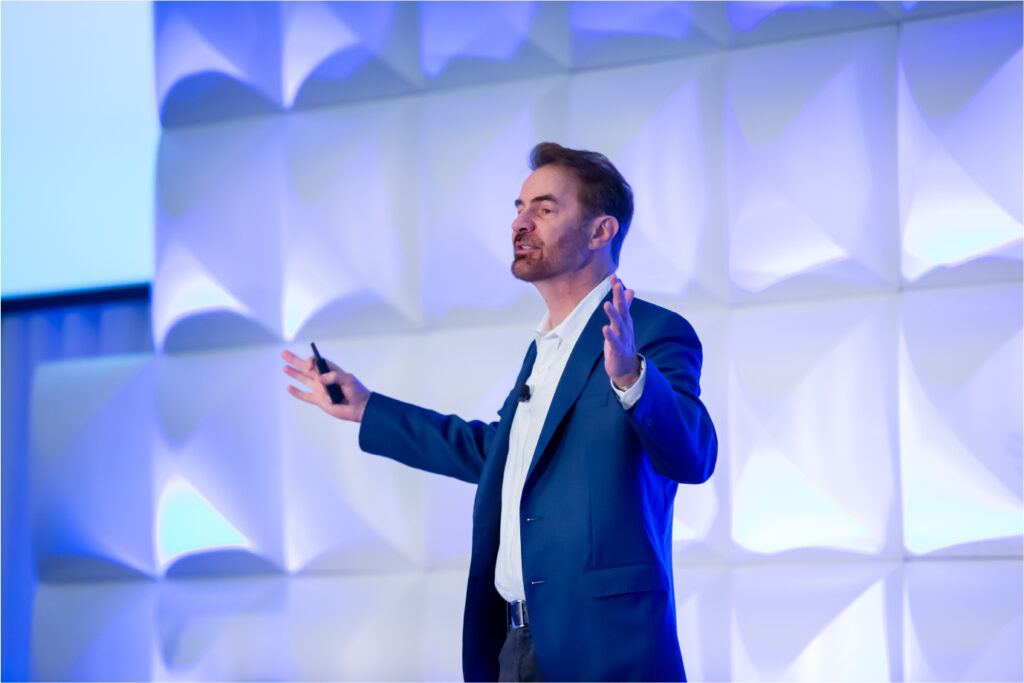
Not all types of artificial intelligence are human-like—in fact, many of the most powerful systems are very different from humans—and an excessive focus on developing and deploying human-like AI can lead us into a trap, says Erik Brynjolfsson, director of the Stanford Digital Economy Lab.
Brynjolfsson opened our spring workshop with his presentation, “Avoiding the Turing Trap: The Promise and Peril of Human-like AI.”
Related article: “The Turing Trap: The Promise & Peril of Human-Like Artificial Intelligence“
37 minutes
Session 2 | Panel Discussion
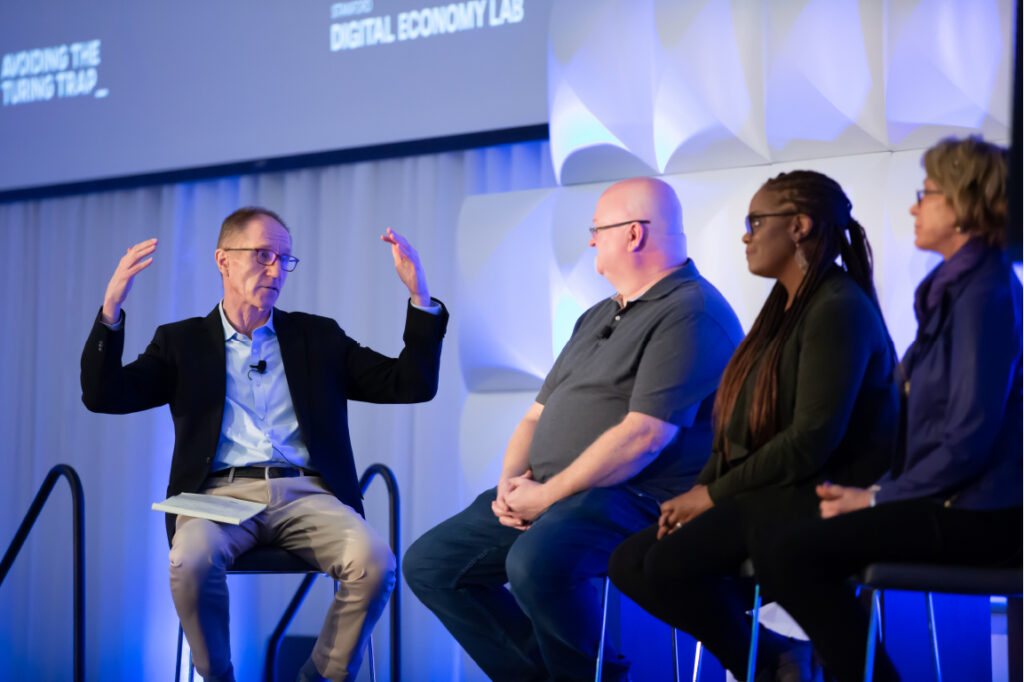
In our first panel of the day, “Reaping the Benefits of AI in the Future of Work,” panelists discussed some of the current methods used to develop human-centered technology and the difficult task of implementing technology that augments rather than automates. They also explored what stakeholders from across academia, industry, and policy can do to direct AI development toward more human-centered outcomes.
Session 3 | Exhibition
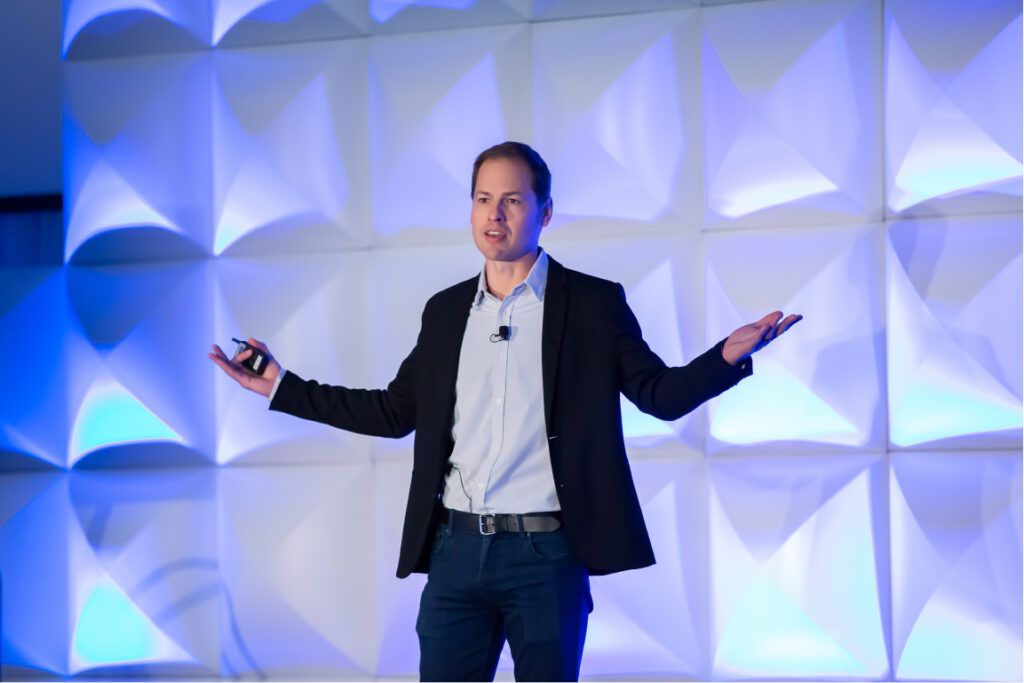
Scott Phoenix is co-founder. of Vicarious, the California-based startup that’s using the computational principles of the brain to build software that can think and learn like a human.
Session 4 | Fireside Chat

David Oxtoby and James Manyika took a deeper dive into “AI & Society,” the spring 2022 issue of Dædalus that explores AI’s effects on labor and the economy, its relationship with inequalities, its role in law and governance, its challenges to national security, and what it says about us as humans.

Director, Stanford Digital Economy Lab
Session 5 | Fireside Chat
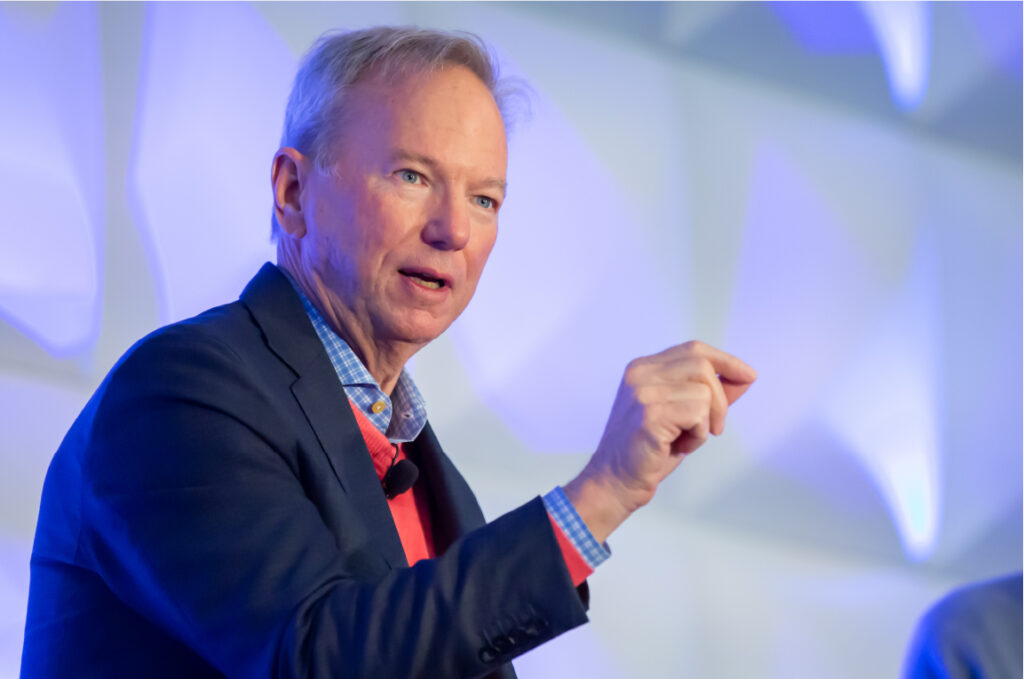
Eric Schmidt and James Manyika time-traveled into the future to imagine how AI would be a benefit to the society in the year 2050. The pair discussed what we must do now and in the future to overcome certain pitfalls and obstacles, such as bias, inherent with AI, machine learning, and other digital technologies.
Session 6 | Exhibition
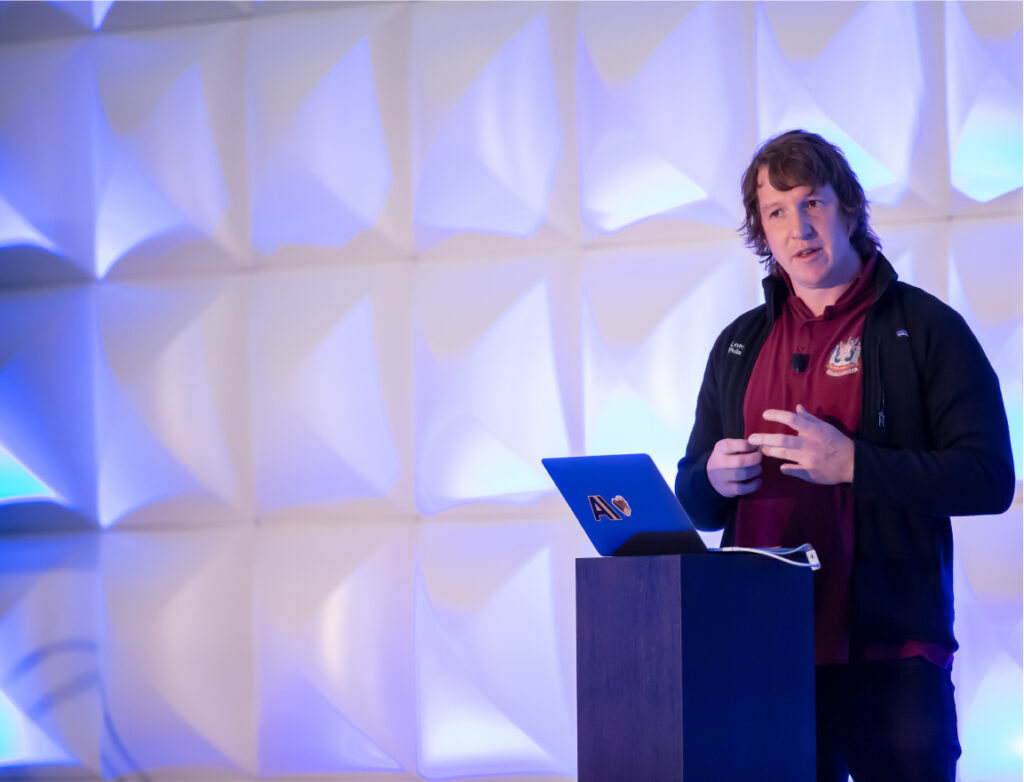
Jack Clark co-founded Anthropic, an AI safety and research company that’s working to build reliable, interpretable, and steerable AI systems.
Session 7 | Panel Discussion
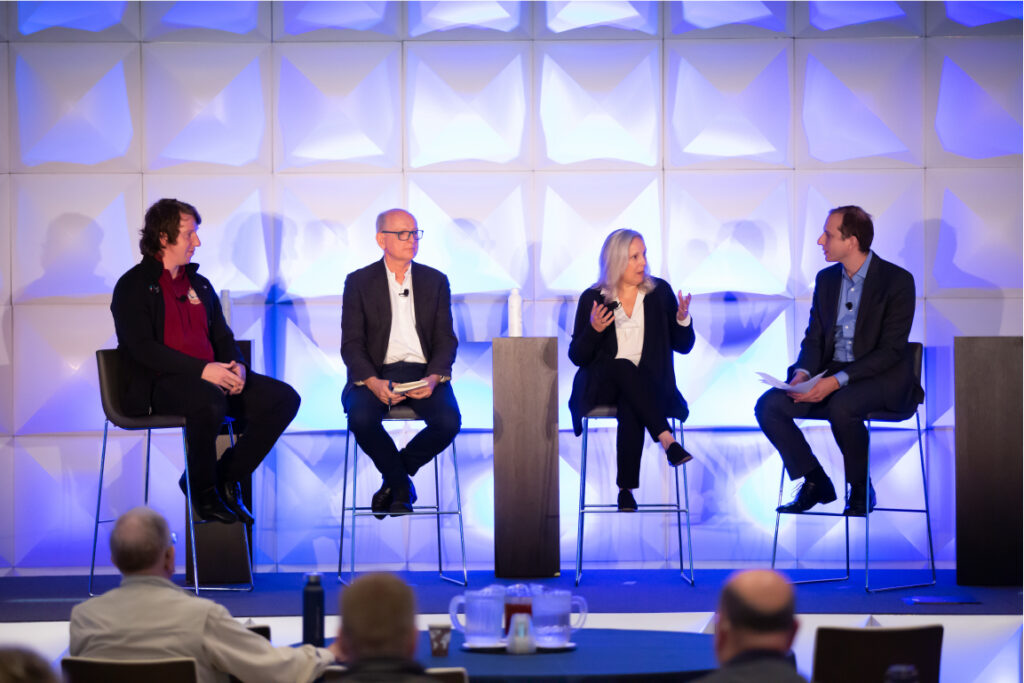
Benchmarks can have exceedingly high leverage in shaping a field. In the field of AI, a clear set of standards can accelerate progress and help guide it toward beneficial and inclusive outcomes. In this discussion, panelists touched on a range of conceptual and specific AI benchmarks that have the potential to shape the future of AI and its impacts on humanity.
Session 8 | Exhibition
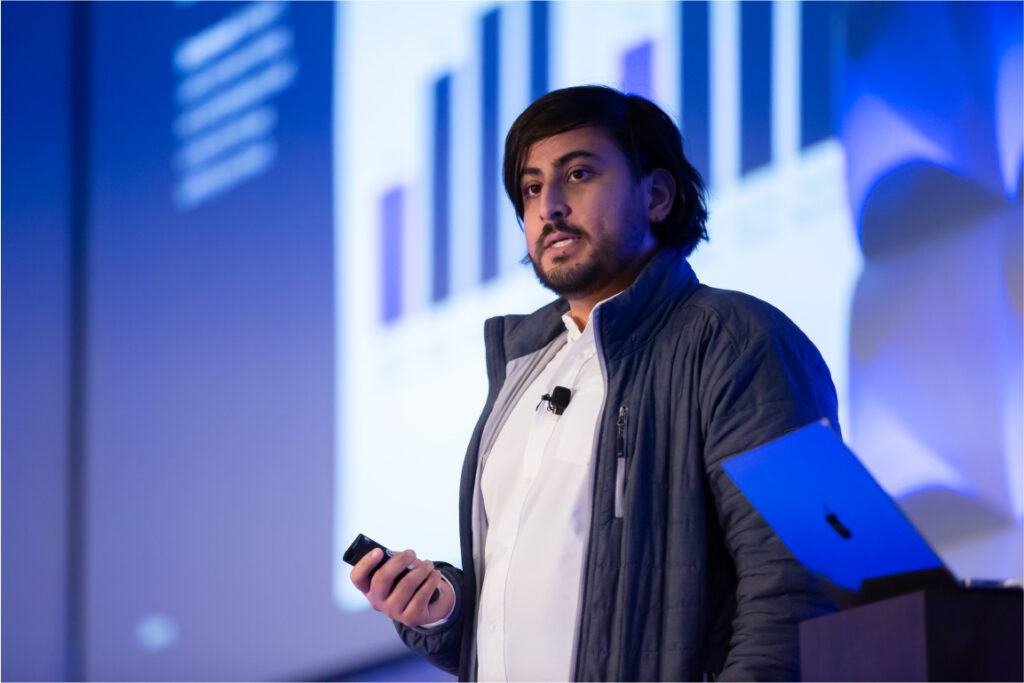
Zayd Enam co-founded Cresta, a company that helps people learn high-value skills using artificial intelligence.
Session 9 | Research

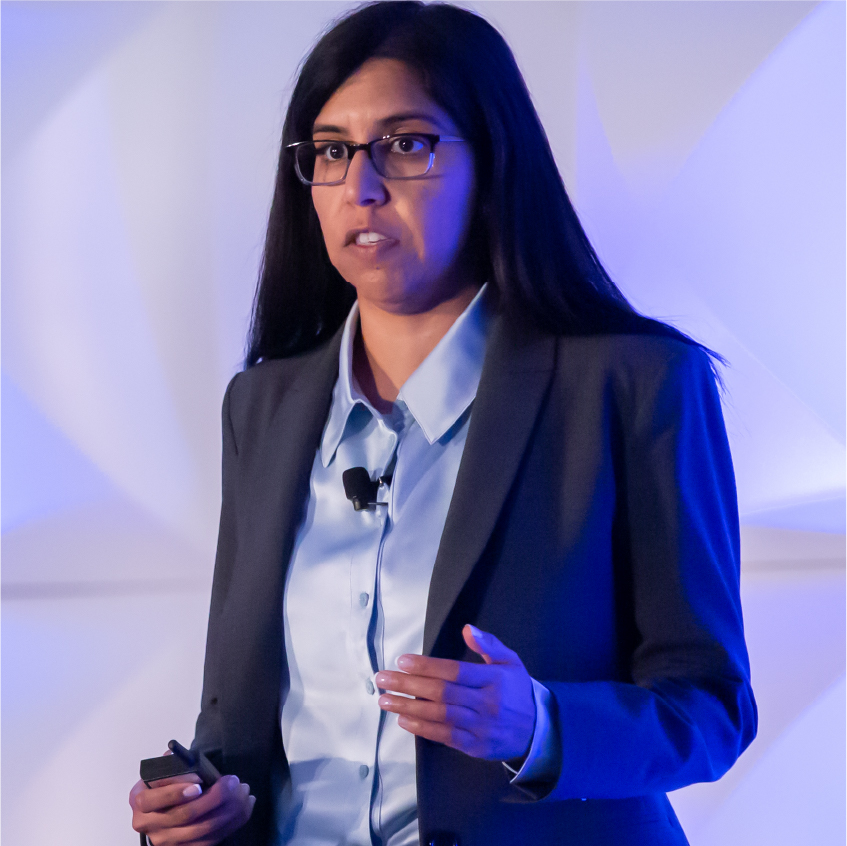
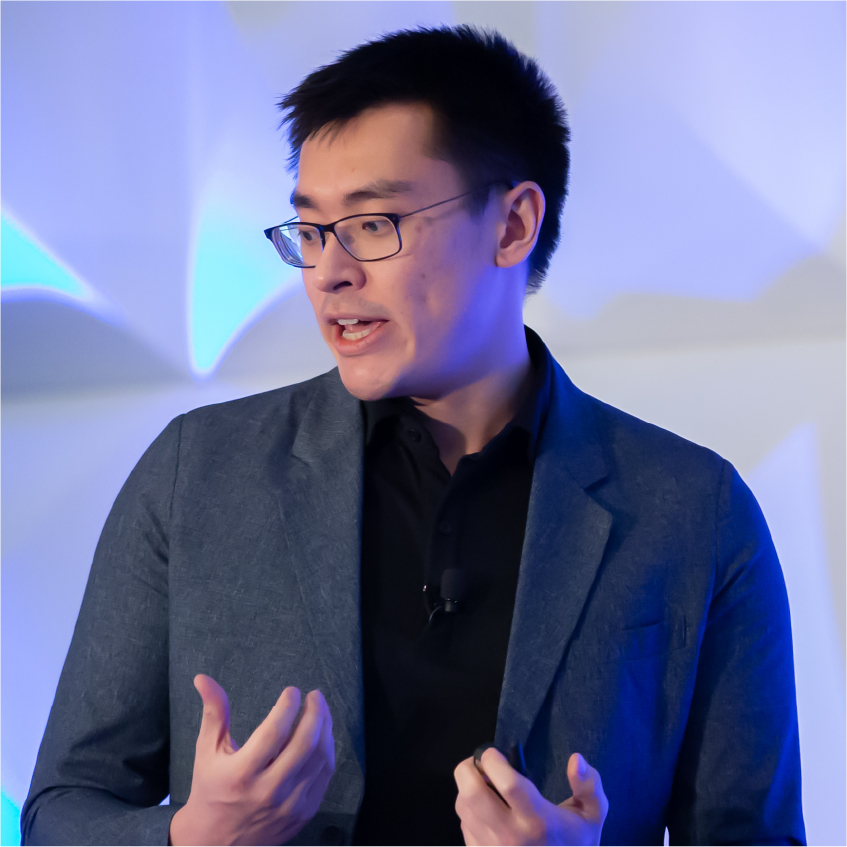
Session 10 | Keynote

Nela Richardson, chief economist at ADP, closed the workshop with her keynote address, “AI’s People Problem.” Richardson talked about the relationship between artificial intelligence, data, and the labor market. “The problem is AI is only as good as the data that powers it,” she said.
28 minutes